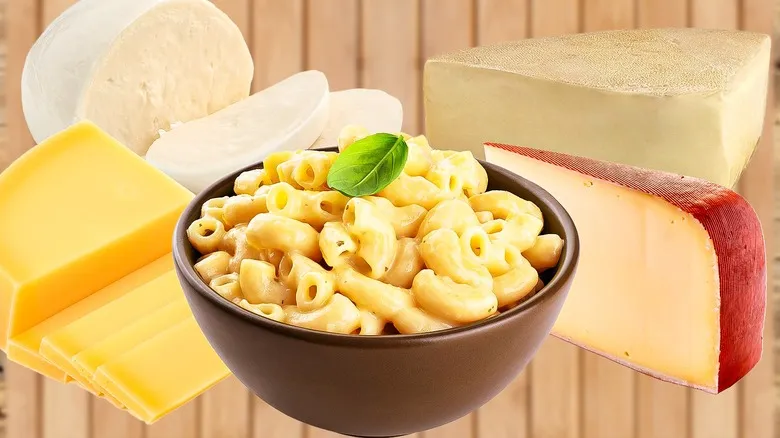Fontina
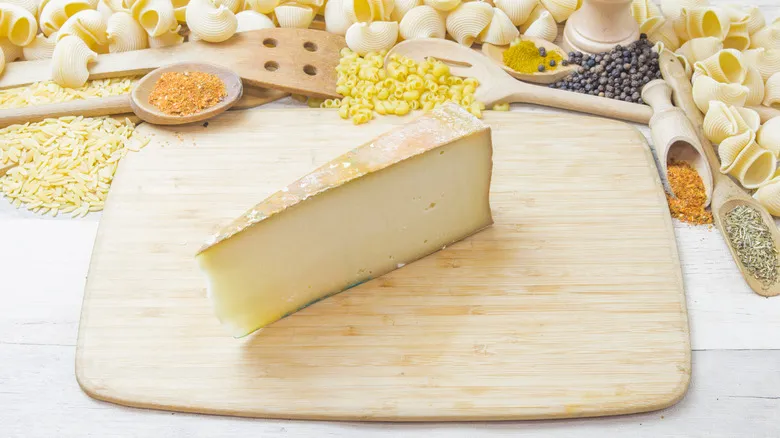
With its nutty flavor, fontina enhances your mac and cheese with a rich, savory depth. This cheese, crafted from cow's milk, shares a taste profile with other Alpine cheeses, but the most authentic fontina hails from a specific region in Italy, where it has been produced since the 1300s. Nowadays, fontina is made in various countries around the globe, following the same traditional methods, resulting in slight variations in flavor depending on the region. With a high fat content of about 45%, fontina is incredibly creamy, making it an ideal choice for mac and cheese.
It also pairs wonderfully with additions like vegetables and meats. Jessica Sennett, CEO of Cheese Grotto, suggests alpine cheeses as an unexpected yet delightful twist in mac and cheese. "The naturally occurring flavor profiles in these cheeses are savory like cured meats, earthy like mushrooms, and nutty like roasted peanuts," she notes. Any of these options complement the taste of fontina beautifully.
Emmentaler
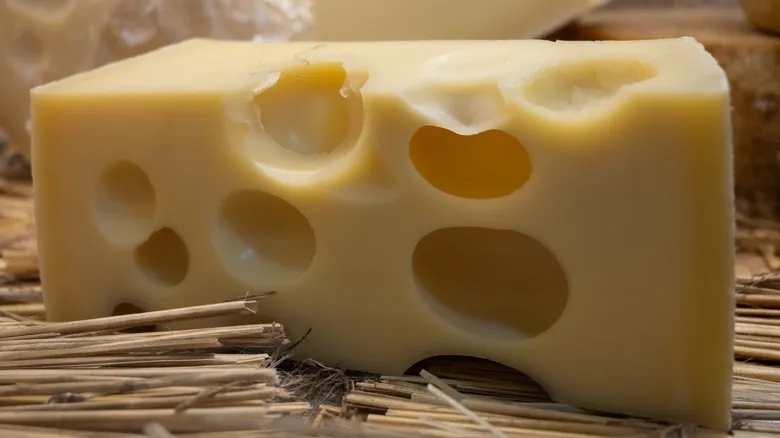
Hailing from the Emme Valley in Switzerland, Emmentaler cheese is a traditional Swiss cheese crafted from raw cow's milk and aged for a minimum of 18 months. It is known for its distinctive holes, which form as certain bacteria produce carbon dioxide during the cheese-making process. This cheese boasts a robust natural flavor, influenced by both the specific bacteria used and the aging process. Emmentaler enhances the earthiness of your mac and cheese, offering a richer taste compared to plain cheddar. You can use Emmentaler on its own in the dish due to its excellent melting properties, or combine it with other cheeses for a delightful four-cheese blend.
"Alpine cheeses such as Gruyere, Emmentaler, Raclette, and Fontina are superb melting cheeses that contribute an umami, nutty flavor to mac and cheese," explains Jessica Sennett. Additionally, Emmentaler can exhibit fruity notes, adding a layer of complexity to your mac and cheese when incorporated.
Raclette
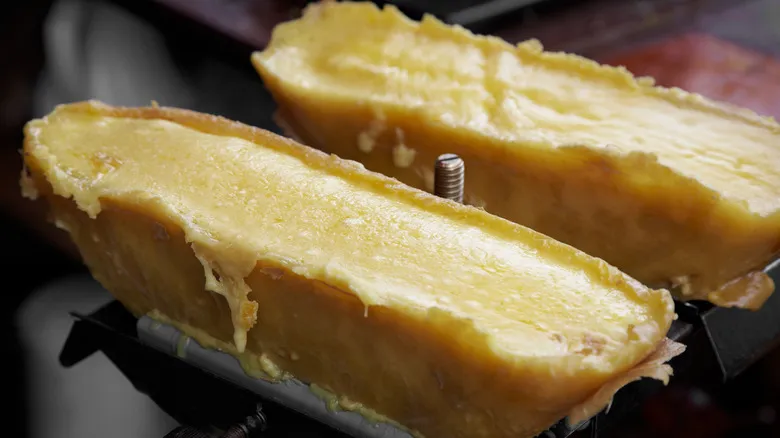
Ideal for melting, raclette imparts a deep flavor to mac and cheese. Aged for three to four months, this Swiss cheese is crafted from cow's milk. The cows graze on grass during the warm summer months and are fed hay in the colder winter months, which is essential for developing the distinctive aroma of authentic raclette. It melts exceptionally well and is often heated and scraped directly onto dishes, enhancing them with a rich taste and creamy texture.
Jessica Sennett highlights that raclette, along with other alpine cheeses, is celebrated for being a "dynamic melting cheese that adds extra flavor without any additives." This cheese melts so beautifully that you can use a special raclette grill to heat it to perfection before allowing it to flow over your meal. Alternatively, you can slice, cube, or shred it and incorporate it into macaroni if that’s your preference.
Monterey Jack
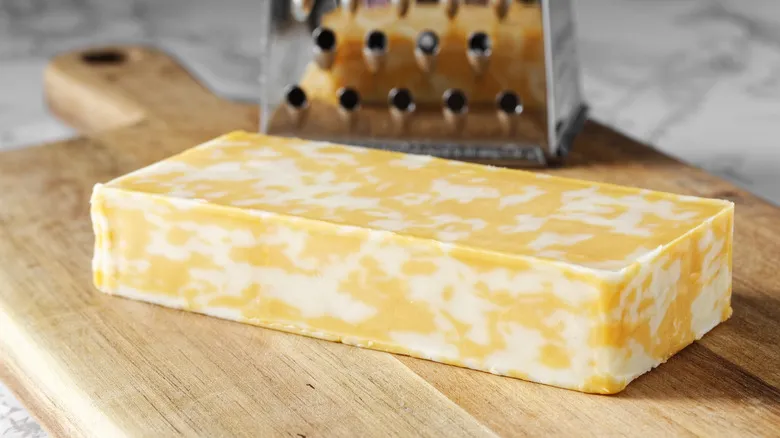
With a subtly sweet and gentle flavor, Monterey Jack is an excellent choice for those who prefer a cheese that isn’t too intense. This cheese is crafted from pasteurized cow's milk and originated in Monterey, California, which is reflected in its name. It complements ingredients like spicy jalapeños and savory bacon, allowing these flavors to shine through thanks to its mild, buttery taste.
"While it can certainly stand alone, it’s also delightful when combined with other cheeses. It pairs wonderfully with pepper jack cheese, creating a harmonious blend of sweet and spicy," explains Angela Latimer, founder, food blogger, recipe developer, and food photographer at Bake It With Love. "You can even incorporate fresh jalapeños into a Monterey Jack mac and cheese to enhance the contrasting flavors." The versatility of Monterey Jack allows it to be paired with a variety of stronger cheeses as well.
Pepper Jack
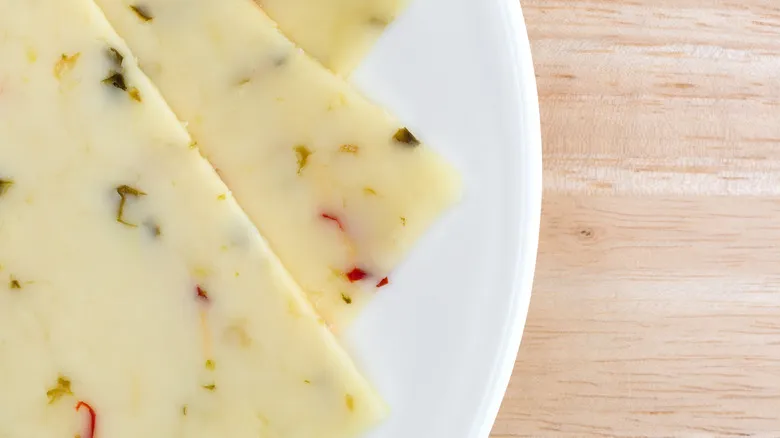
For an added kick, incorporate some pepper jack cheese into your dish. It can be enjoyed on its own for a bold peppery flavor, or you can balance it with a milder cheese like Monterey Jack or Colby Jack for a delightful mix. Pepper jack is crafted similarly to Monterey Jack, but it includes small pieces of peppers mixed into the curds, which become more pronounced as the cheese matures. Habañero, serrano, and jalapeño peppers are commonly used, and each cheesemaker has their own distinctive blend.
"Although pepper jack isn't overly spicy for most, its robust flavor can be quite strong in larger amounts," notes Angela Latimer, who suggests using it sparingly in mac and cheese. "To best enjoy pepper jack, pair it with Monterey Jack, white cheddar, or even mozzarella." Combining it with a milder cheese allows the peppery notes to shine while keeping the overall flavor enjoyable for larger gatherings.
Mozzarella
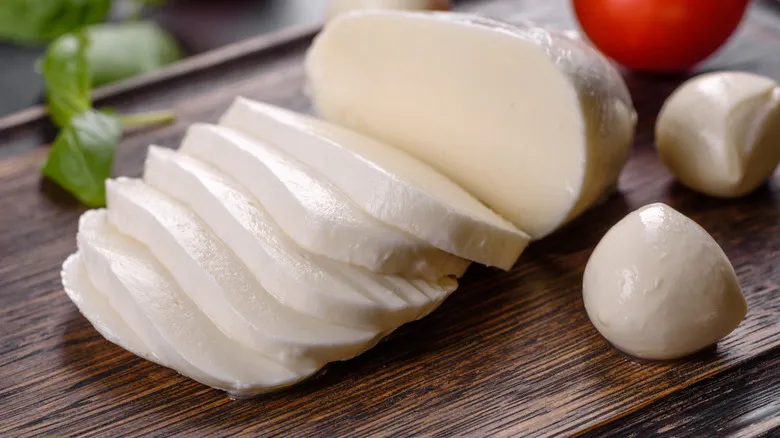
To enhance the creaminess of your mac and cheese, consider adding mozzarella. This cheese was originally crafted from buffalo milk and hand-stretched into balls. Nowadays, it can be made using either buffalo or cow's milk, adhering to traditional methods. With its mild flavor, mozzarella pairs well with sharper cheeses for a delightful taste and gooey texture. You can either blend mozzarella into the macaroni and cheese or sprinkle it on top before broiling the dish for a crispy finish.
"Pizza enthusiasts already know that mozzarella melts beautifully," says Angela Latimer. "That's why it's an excellent choice for creamy macaroni and cheese." While Latimer typically suggests grating your own cheese for optimal results, using pre-shredded cheese is a convenient alternative that still works well with mozzarella due to its melting properties. Mozzarella can be combined with various ingredients, but it shines in classic pairings like tomatoes and pepperoni in a delicious pizza mac.
Latimer also highlights a spicier combination that adds a bit of heat to the mild mozzarella. "When I mix mozzarella with pepper jack and I don't have fresh jalapeños or serrano peppers from the garden, I really enjoy the flavor of pickled jalapeño slices," she shares. "Finely chopped, they complement this cheese blend perfectly." Consider using pickled jalapeños or other pickled peppers to introduce both spice and tang to your dish.
Gruyère
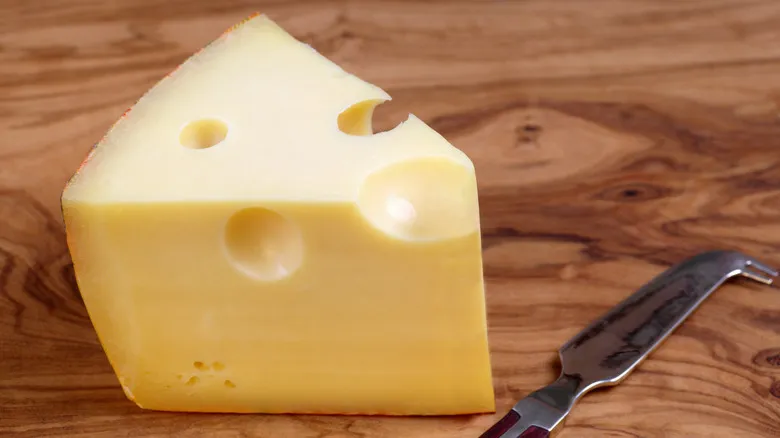
The name itself carries a certain charm, and when you incorporate Gruyère into your mac and cheese, it transforms the dish into something extraordinary. Gruyère, crafted from cow's milk, derives its intricate flavor from the natural environment, where cows graze on a diet of indigenous grasses and flowers. The cheese is made from unheated milk and matures for a period ranging from four to 18 months, allowing it to develop its distinctive Gruyère taste. With a subtly nutty flavor and excellent melting properties, it’s an ideal choice for a sophisticated mac and cheese.
"Thanks to its perfect blend of creamy richness and deep flavors, many restaurants opt for Gruyère as their preferred cheese for upscale mac & cheese," explains Angela Latimer. "Add some bacon bits and a crispy breadcrumb topping for a gourmet meal right at home." Gruyère is yet another alpine cheese that Jessica Sennett endorses for its superb melting qualities, which are essential for achieving the ultimate mac and cheese texture.
Latimer compares Gruyère to another beloved cheese, Edam, which shares a similar taste profile. "Edam cheese melts beautifully and pairs wonderfully in macaroni and cheese when mixed with other cheeses." She suggests combining it with Gruyère and sharp cheddar for what she dubs "the best mac ever."
Smoked gouda
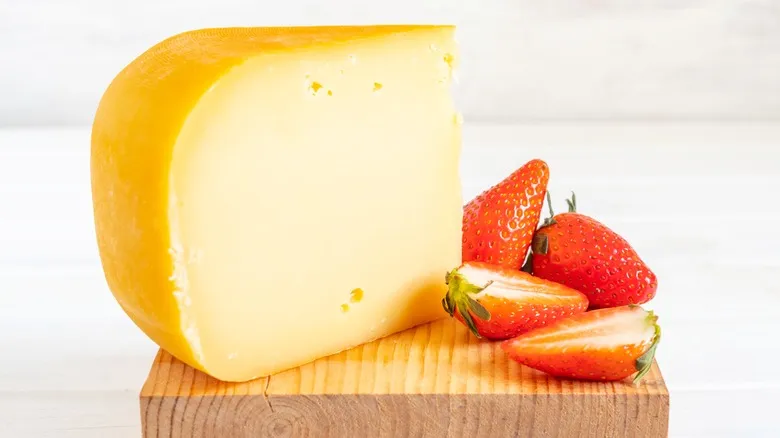
Another cheese that can elevate this classic comfort dish is smoked gouda. Traditional gouda, crafted from cow's milk, originated in the Netherlands around the late 12th century. It is known for its sweetness, especially when compared to sharper, saltier cheeses, giving it a distinctive flavor. The addition of smoked gouda introduces an extra dimension to the flavor profile, thanks to the hickory chips used during the smoking process. This smokiness enhances the complexity of the flavor, adding depth to a simple dish like mac and cheese.
"Smoked gouda might not be the cheese you opt for during a family meal with kids," notes Angela Latimer. "However, it’s an excellent choice for a refined twist on a classic dish." Various brands and cheesemakers have their own methods, resulting in different flavor nuances. The common thread is the harmonious blend of sweet and smoky notes, along with a creamy texture. Gouda can also develop small crystals within the cheese, contributing to its unique mouthfeel.
Blue cheese
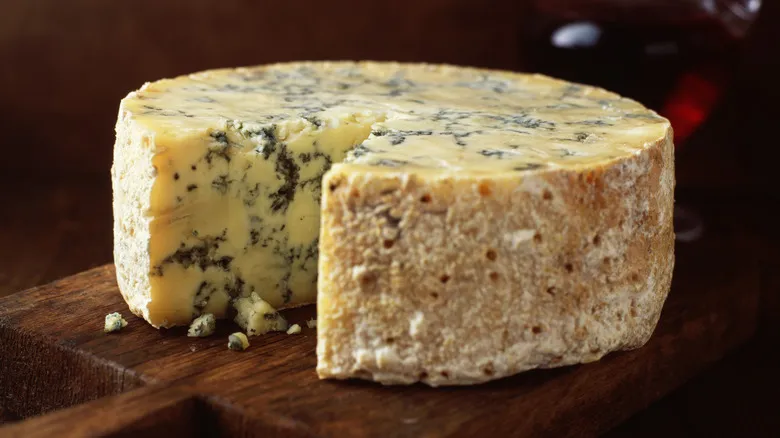
If you enjoy robust, full-flavored cheeses, blue cheese is definitely worth exploring. It’s created by adding specific mold spores to cheese curds and allowing oxygen to penetrate during the aging process, which promotes mold growth. This cheese offers one of the most intense flavors you can incorporate into your mac and cheese, so start with a small amount and adjust according to your taste. It pairs nicely when combined with a milder cheese, like Monterey Jack or cheddar, as a base.
"Don't overlook the pungent cheeses!" advises Angela Latimer. "You wouldn’t want to make an entire dish solely with blue cheese, as that could be overwhelming. However, a touch of blue cheese? Absolutely delightful!" She suggests using other cheeses as the foundation, with blue cheese added as a complement to soften its strong flavor. "Consider sprinkling a bit of crumbled blue cheese on top of a mild four-cheese macaroni for a wonderful fusion of flavors," Latimer recommends.
Gorgonzola
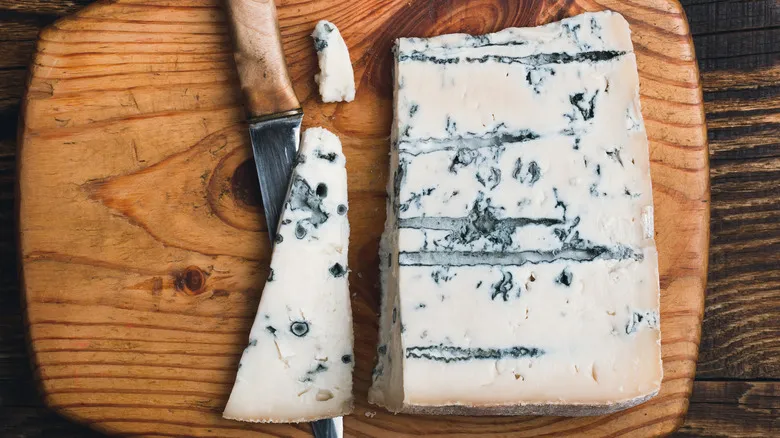
If you're looking to try some pungent cheeses without diving straight into the robust world of strong blue cheese, gorgonzola is an excellent option. This variety of blue cheese is recognized for its creamier consistency and somewhat milder taste, attributed to having fewer mold veins compared to other blue cheeses. However, don’t be fooled—gorgonzola is still a rich, aromatic cheese that will impart a distinctly earthy flavor to your macaroni. For a less intense experience, it can be a delightful addition to mac and cheese when combined with parmesan or mild mozzarella. Gorgonzola crumbles easily, making it simple to sprinkle on top of your dish before baking it to perfection. The flavor and texture can differ based on the aging process, so each gorgonzola has its own unique characteristics.
"If you're not a fan of blue cheese but want to add some depth to your macaroni and cheese, try incorporating a bit of gorgonzola," suggests Angela Latimer. "This cheese complements mozzarella, fontina, Gruyère, and Parmesan beautifully."
Brie
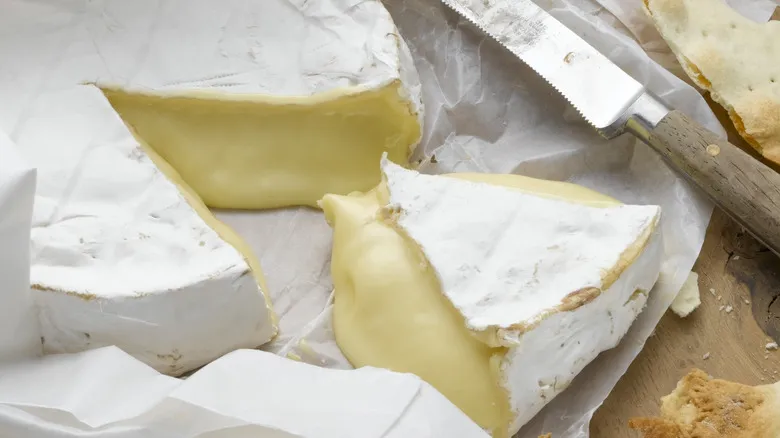
Crafted from cow's or goat's milk, brie is a mild cheese known for its excellent melting properties, making it an ideal choice for creamy mac and cheese. It imparts a subtle sweetness without being overwhelming, though you might consider blending it with other cheeses to enhance the dish's flavor profile. A small amount can be quite impactful, so experiment with various combinations to discover your perfect mix. Brie features a thick, edible rind, but including it can significantly alter the texture of your mac and cheese. Typically, it's advisable to remove the rind to achieve the smooth, silky consistency that brie is celebrated for.
"[Brie] shines as part of a four-cheese mac & cheese," notes Angela Latimer. "Combine brie with cream cheese, ricotta, and Parmigiano Reggiano for a rich and savory mac and cheese. Brie adds a delightful touch for a slightly sweeter version." This French cheese also pairs well with other pasta varieties, such as creamy and sweet brie spaghetti.
Cottage cheese
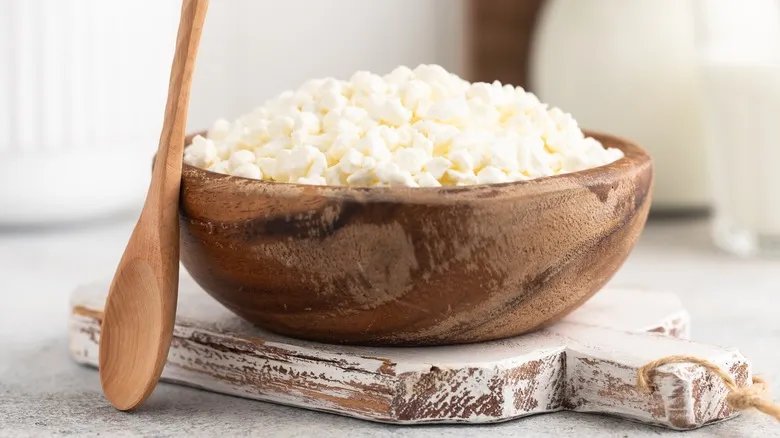
Cottage cheese, which contains more protein than many other types of cheese, is often overlooked as an ingredient in mac and cheese. Its slightly tangy flavor, a result of the acid used during the cheesemaking process, sets it apart from other cheeses. This process separates the curds from the whey, with the whey being drained off. When you combine the zesty taste of cottage cheese with stronger flavors like sharp cheddar or parmesan, it significantly enhances the overall flavor.
"Cottage cheese melts surprisingly well on its own; however, for optimal results, it's best to pair it with other cheeses," advises Angela Latimer. "For a milder and healthier mac and cheese, mix cottage cheese with cream cheese and mozzarella. For an ultra-creamy texture, blend the cottage cheese before incorporating it with the other ingredients."
Cottage cheese is available in both plain and flavored options, providing even more opportunities to enhance the taste of your mac and cheese. Additionally, it can be found in nonfat or low-fat varieties, catering to different dietary preferences and nutritional requirements.
Ricotta
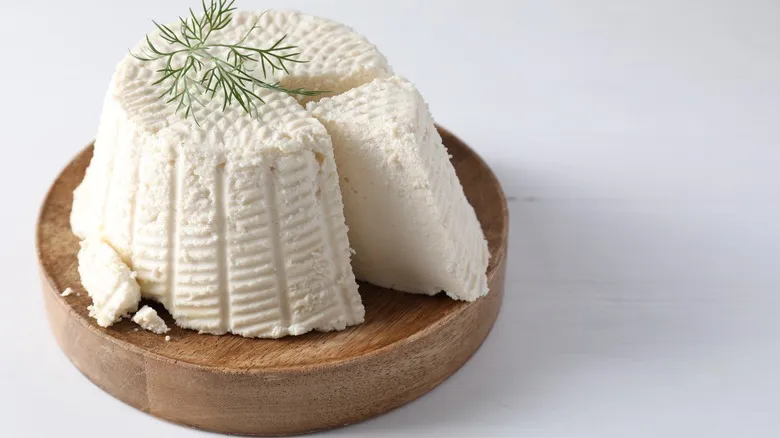
Cottage cheese is created using curds without whey, whereas ricotta is made from the whey byproduct of traditional cheese production. Originating in Italy, ricotta is a key component in various dishes and culinary styles. To achieve a light and fluffy texture, it's advisable to strain store-bought ricotta to remove excess moisture. Ricotta is an excellent addition to a four-cheese mac and cheese, imparting a subtly sweet flavor that blends seamlessly with other ingredients. When paired with bolder cheeses, it contributes a delightful creaminess to the final dish. For a classic twist on mac and cheese, consider combining ricotta with cheddar cheese for an extra creamy texture.
Angela Latimer enjoys using ricotta alongside other ingredients, such as salty parmesan and rich cream cheese. It serves as a primary component in lasagna filling, which can be adapted for mac and cheese by incorporating tomatoes and Italian herbs.
Cream cheese
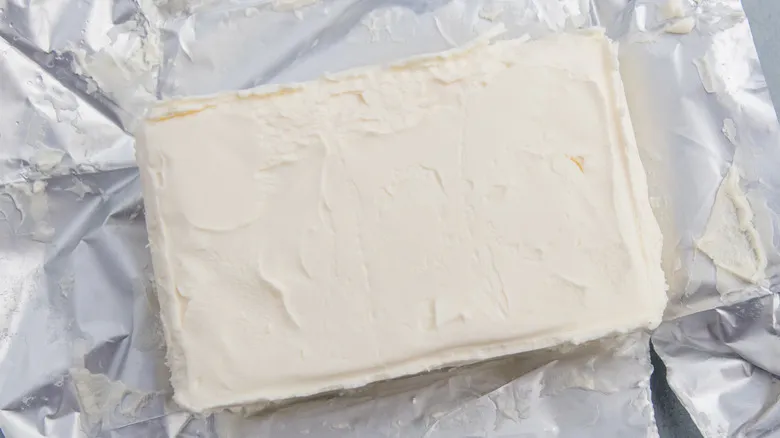
Incorporating a touch of cream cheese can transform your mac and cheese into a luxuriously creamy and rich dish, while also streamlining the process of making the sauce from scratch. You don’t need much to enhance the texture, and it pairs beautifully with classic cheeses like cheddar, as well as bolder options like blue cheese. According to the U.S. Food and Drug Administration, for a product to be classified as cream cheese, it must contain at least 33% milkfat, resulting in a rich and melty texture when heated. Its spreadable nature is one reason it’s a favorite on bagels, and it also makes it easy to incorporate into a decadent mac and cheese.
However, it’s wise to blend in other cheeses to achieve a balanced flavor profile. Angela Latimer notes, "Cream cheese can be quite heavy and overpowering in large amounts. The ideal approach is to mix it with your traditional cheeses. Just a few tablespoons of cream cheese alongside a cheddar or jack base will enhance the creaminess to the perfect level." Its slightly tangy taste complements sweet, nutty, sharp, or spicy cheeses, resulting in a truly memorable dish.
Recommended

Sesame Seeds Are The Crunchy Transformation Your Fried Eggs Need

This Breakfast Staple Will Take Store-Bought Queso To The Next Level

The Mistake You're Making When Cooking Chicken Thighs In The Air Fryer
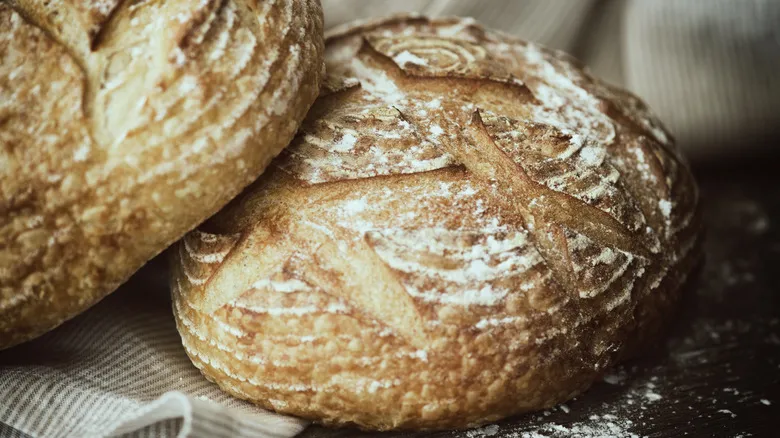
The Ice Cube Hack That Makes Homemade Bread Crispier Than Ever
Next up

